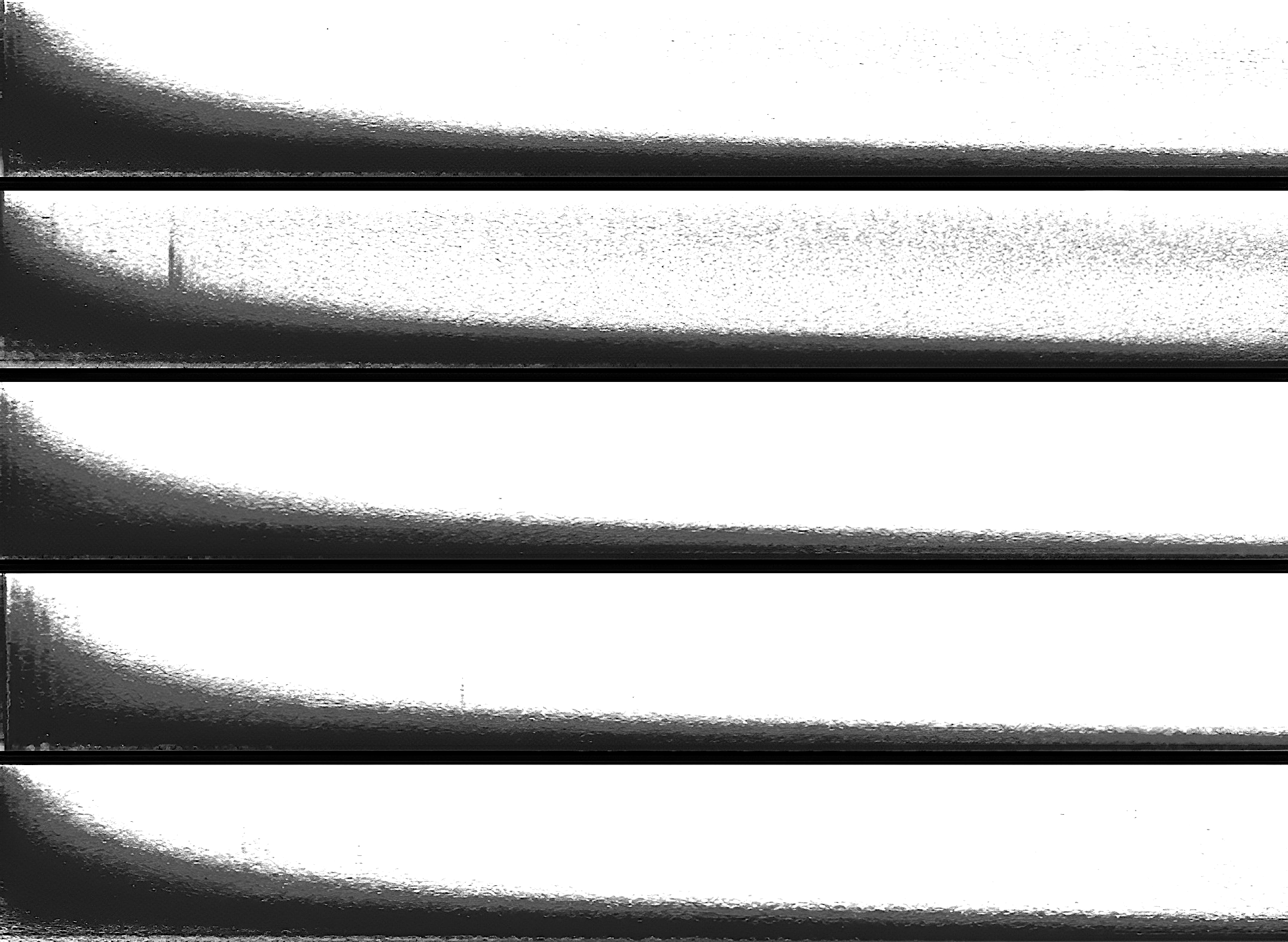DE·HIERARCHIZING ACOUSTIC HERITAGE by Acoustic Heritage Collective

This compilatory work is, in itself, a declaration on the need to address, participate and contribute to the contingent discussion on critical heritage studies from an acoustic perspective. Given its novel and still-developing nature, the term “Acoustic Heritage” offers us the possibility of questioning a series of deeply rooted preconceptions within the existing structures of heritage administration. As sound heritage researchers, we are committed not only to focus on acoustics and sound issues but also to study and to offer new approaches on general heritage concepts such as community, safeguarding, tangibility, threat, or digitization.
In this work we wish to present a series of responses to impulses from multiple acoustic spaces included in the Freesound platform—without any particular order, hierarchy, categorization, label, or deliberate selection. We intend to show that the mere act of deciding to record a space and to share it already grants that space a value of its own, one that cannot be measured through traditional heritage frameworks. Can the auditory perception of an acoustic space generate affects in us? Can it generate memory? Can it awaken a forgotten memory? Should these perceptions be taken individually, or can they be addressed as part of a collective memory? Can it awaken erased memories, or sustain a shared memory? What stories can an acoustic space tell? Do I identify with those stories? How does the sound of the places where we experience important moments in our lives affect us? Are we able to perceive the acoustic space on its own, to identify it, to remember it? In what ways can an acoustic space be understood as possessing aesthetic value in itself, beyond its functional or architectural dimensions? Can such aesthetic value acquire a communal dimension, becoming part of a shared cultural and sonic heritage?
These questions remind us that acoustic space is never neutral: it always carries invisible traces, past presences, traces that survive the sound itself. Spaces are always at risk of disappearance if not recorded, shared, and maintained. Time itself acts as a threat—not only because physical surfaces that shape sound change, but also because memories, cultural practices, historical interpretations, communities, and narratives evolve. The act of safeguard requires a preventive approach: spaces are constantly modified without consideration for their auditory significance. These proactive actions and open libraries are the key in people engagement for dismantling heritage hierarchical structures.
Acoustic space recordings should be encouraged and access to this data should be public and open. Given that much of this work relies on banks of digital files, it should be freely available for non-commercial use. Open libraries and networks dedicated to the preservation and dissemination of acoustic heritage are essential to ensure that these sonic traces circulate, are heard, and can be used for education, research, and artistic exploration. Bringing together measurements of acoustic spaces and the corresponding acoustic models in a shared international database would allow these traces to be contextualized and accessed by anyone.
These digital and open resources allow acoustic heritage to exist as both information and experience. When sound is accessible and shareable, it becomes more than a record: it is an echo that can be reused, reinterpreted, and felt. Listening to a space through these archives is to perceive its memory, its affective power, its cultural resonance. Therefore, acoustic heritage is not limited to monumental or officially recognized sites; everyday spaces—a bedroom, a corridor, a parking lot—can be equally meaningful, carrying traces of personal and collective histories. Thus, acoustic heritage can be imagined not as something fixed, but as a fragile, shared memory in constant transformation, one that exists only when it is listened to, experienced, and preserved. By asking these questions, and by documenting and sharing these sounds openly, we create opportunities to perceive, understand, and inhabit acoustic spaces in ways that connect memory, perception, and affect across individuals and communities.